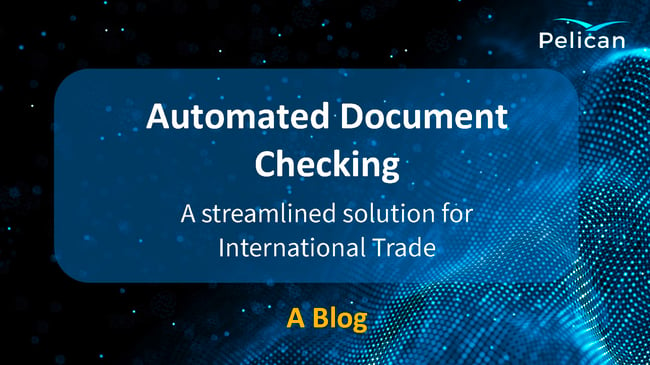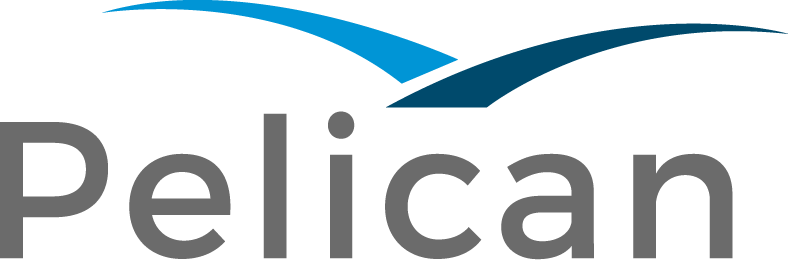
Highlights
- Automated document checking is crucial for ensuring compliance with the UCP/ISBP guidelines
- Potential to greatly enhance the efficiency of the documentary credit process, reduce the risk of errors, and ensure compliance
- Market studies have shown that automated document checking can result in significant operational cost savings
Trade finance depends heavily on the exchange of documents, most of which are still paper based. However, preparing and checking these documents can be a tedious and time-consuming task. This labour-intensive document-checking process at banks creates a number of bottlenecks to process improvements, such as scalability of operations, risk of manual errors, lack of skilled ageing workers, and a stumbling block to digital transformations; one can count so many. This is where automated document checking comes in. Automated document checking uses technology to streamline the document preparation process and reduce the risk of errors, thereby improving efficiency and compliance.
The Uniform Customs and Practice for Documentary Credits (UCPDC) and the International Standard Banking Practice (ISBP) are the main guidelines governing international trade transactions. These guidelines specify the rules and procedures for preparing and examining documents in letters of credit transactions. Compliance with these guidelines is essential to avoid disputes and ensure successful transactions. One of the major bottlenecks for automation is the nonstandard nature of some of the rules that are fundamental to document verification.
According to an ICC thought paper, "The adoption of automated systems for document checking has the potential to greatly enhance the efficiency of the documentary credit process, reduce the risk of errors, and ensure compliance with the rules and guidelines set out in the UCP and ISBP." Automated document-checking systems use advanced algorithms and machine learning techniques to check the documents against the UCP/ISBP guidelines in real time. This helps to catch errors and inconsistencies that could cause delays or disputes in the transaction process. The system also provides a comprehensive report on the compliance status of the documents, highlighting any issues that need to be addressed. This saves time and reduces the risk of errors, as manual document checking can be a time-consuming and labour-intensive process.
Using AI, machine learning, and NLP in automated document-checking systems can further enhance efficiency and accuracy. AI helps find patterns in documents, making it ideal for trade finance document checking. The AI application is pre-configured to check the content of documents against pre-defined rules. These technologies can help the systems to learn from previous transactions and improve their accuracy over time. For example, NLP can automatically extract data from trade documents, reducing the need for manual data entry. This can result in improved efficiency and reduced risk of errors.
One of the key benefits of automated document checking is that it can be customised to match the specific requirements of each trade transaction. This means that the system can be tailored to meet the specific needs of the trade, ensuring compliance with the relevant UCP/ISBP guidelines. This level of customisation makes it easier for trade participants to meet their compliance obligations.
In addition to improving compliance, automated document checking also helps to reduce costs. Various market studies have shown that automated document checking can result in significant operational cost savings of up to 25%. These cost savings are largely due to the reduced need for manual labour and the improved efficiency of the document preparation process. In other words, these savings can be leveraged to increase the trade business volume at a lower cost.
In conclusion, automated document checking is crucial for ensuring compliance with the UCP/ISBP guidelines in international trade transactions. It streamlines and standardise the document preparation process, reduces the risk of errors, and also helps to ensure that trade transactions are completed smoothly and efficiently. With the increasing importance of technology in international trade, automated document checking is an essential tool for trade participants looking to stay ahead of the curve and a further push towards the digital transformation.
- Biji John - Global Head of Trade Product - Pelican AI



